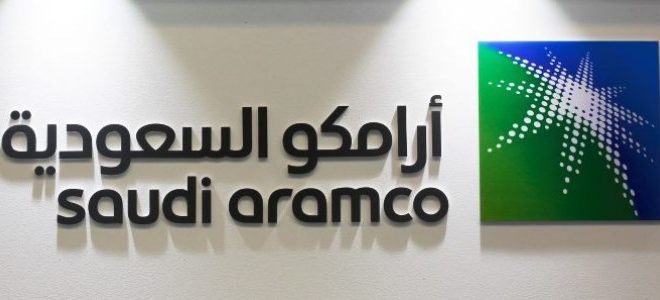Immense damage to its revenue streams by the raging COVID-19 pandemic and an ill-timed oil price war has forced Saudi Arabia to unleash a massive emergency stimulus package worth $32 billion to succor its slowing economy. Saudi Arabia has 344 confirmed COVID-19 cases as of Saturday but no deaths.
The package consists of $18.6 billion to aid businesses hard hit by the business slowdown, and a $13.3 billion package announced last week to support small and medium-sized businesses. Fiscal incentives that are part of the rescue and relief package include postponing some private sector fee payments to the government, exemptions from various government levies and fees, and postponing the collection of customs duties on imports.
The relief package also allows employers to extend exit and re-entry visas free of charge for three months and enables businesses to postpone paying value-added tax, income tax and other levies over the next three months.
Finance Minister Mohammed al-Jadaan said some budget appropriations will be reviewed and reallocated to sectors most in need in the current situation, including allocating additional funds to the health sector as needed.
“An emergency budget was also introduced to cover any costs that may arise during the developments of this global crisis,” according to al-Jadaan.
The stimulus is part of the kingdom’s broad measures aimed at slowing down the spread of the COVID-19 coronavirus. Among other measures already in place is the suspension of numerous flight routes and temporarily halting entries for religious pilgrims coming to the kingdom for Hajj, a journey attracting more than two million Muslims annually.
Should these current measures fall short, Saudi Arabia can still resort to implementing more cuts, boosting borrowing, selling assets from the Public Investment Fund, re-directing cash from overseas projects and drawing on its foreign cash reserves.
Saudi Arabia needs oil priced at $82 per barrel to balance its budget, according to the International Monetary Fund. This heavy reliance on expensive oil “means Riyadh’s fiscal plans and the Saudi economy will suffer a big blow,” from the COVID-19 economic slowdown and the crippling oil price war, said a report from Energy Intelligence.
The oil price war launched by Saudi Arabia against Russia on March 6 has added immensely to the massive problems already confronted by the kingdom. On March 6, prices of both benchmark crudes traded at lows not seen since 2017. The price war was triggered by Russia rejecting an OPEC plan to slash daily oil production by 1.5 million barrels per day (bpd) to steady sagging oil prices. The dramatic production cut would have affected the 14 nation cartel and its 10 other oil producing allies led by Russia, which together are known as OPEC+.
International benchmark Brent crude went for $45.46 a barrel Friday afternoon, down more than 8%. U.S. West Texas Intermediate sank to $41.93, also 8% lower. Brent futures have fallen more than 30% since rising to a peak in early January. WTI plummeted almost one-third over the period.
The effects of that price war ignited two weeks ago continue. This Friday, oil prices plummeted 11%, completely erasing early gains Thursday that saw the benchmark Brent crude oil climbing briefly above $30 a barrel. Brent crude futures fell $1.49 or 5.2%, to settle at $26.98 per barrel. U.S. crude futures for April fell $2.79, or 11.06%, to settle at $22.43 per barrel. On Friday morning, WTI (U.S. crude) rose 2.97% to $26.62, while Brent Crude was up 3.40% on the day at $31.25.

 Iran Energy News Oil, Gas, Petrochemical and Energy Field Specialized Channel
Iran Energy News Oil, Gas, Petrochemical and Energy Field Specialized Channel



